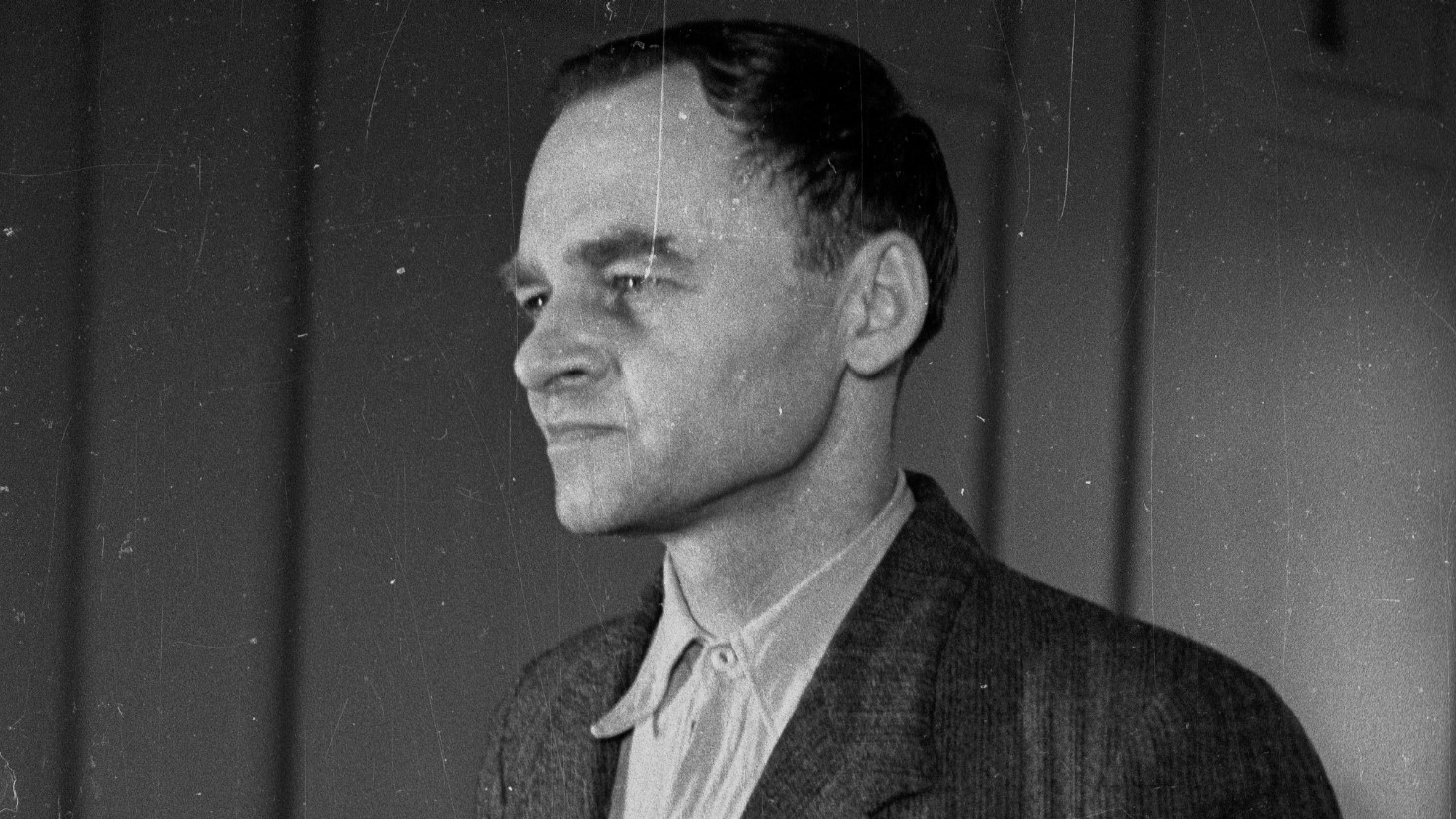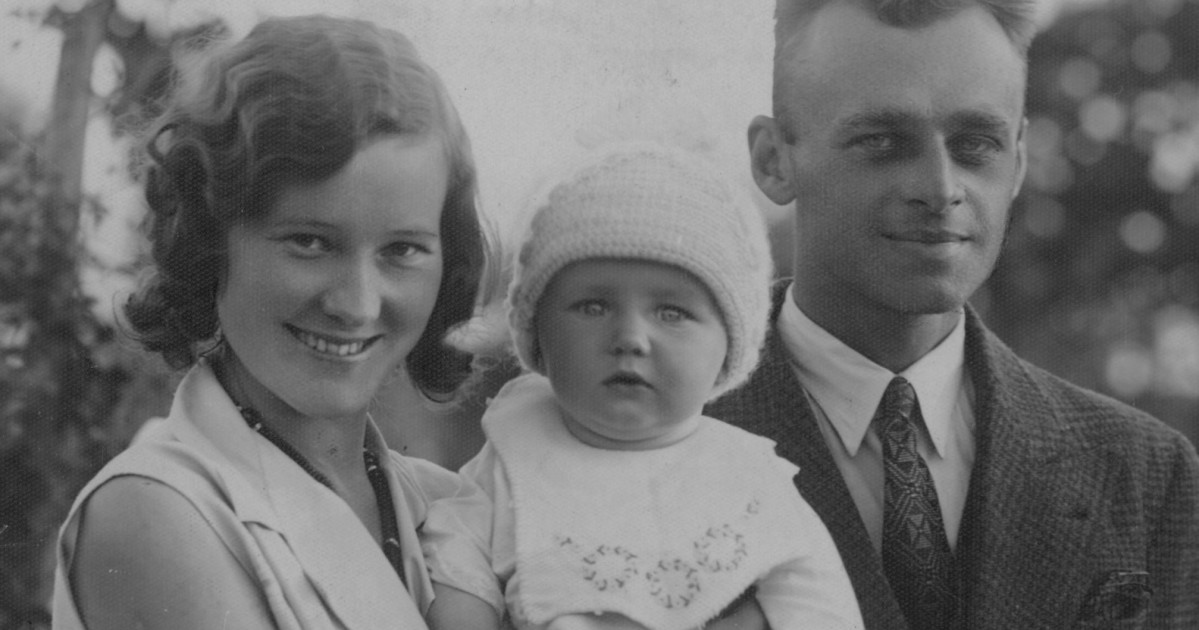Directed by Krzysztof Łukaszewicz, ‘Pilecki’s Report’ or ‘Raport Pileckiego’ is a gripping historical film that follows the unbelievable life of a Polish soldier, spy, and freedom fighter, Witold Pilecki. From his pivotal role in the Polish Underground Army to his harrowing experiences as a prisoner in Auschwitz, Pilecki is a man of steely intensity and indomitable determination. The 2023 Polish-language movie presents a fresco of Pilecki’s life, from volunteering to enter the Auschwitz concentration camp to fighting the Soviet Union’s death grip on Poland. Witnessing Pilecki’s visceral journey and extraordinary courage, we are forced to dig deeper into the real history behind the film.
Pilecki’s Report is Based on the True Story of War Hero Witold Pilecki
‘Pilecki’s Report’ is a cinematic tribute to one of Poland’s most revered heroes, Witold Pilecki, whose extraordinary courage and selflessness during World War II have earned him a place in history as a symbol of resistance against tyranny. Based on true events, this epic war drama penned by Krzysztof Lukaszewicz chronicles Pilecki’s remarkable journey from a Polish resistance fighter to an unsung hero of Auschwitz and beyond. While the film largely sticks to the actual historical accounts of Pilecki’s life, it does dramatize and make minor alterations.

Witold Pilecki’s saga began fighting in the Polish-Soviet War between 1919 and 1921. When Nazi Germany invaded Poland in 1939, he served as the captain of a cavalry platoon and battled the invading force. The Nazi Blitzkrieg overwhelmed the Polish army, and the government fled into exile to the UK. However, Pilecki returned to Warsaw to begin a covert mission unlike any other, infiltrating a concentration camp. This is where the main plotline of ‘Pilecki’s Report’ picks up, detailing the patriotic motivations behind taking up a seemingly suicidal mission.
In September of 1940, when the Nazi Gestapo swept through the streets of Warsaw, they rounded up 2,000 Poles, including Pilecki, who assumed the identity of rebel leader Tomasz Serafiński to ensure his assignment to Auschwitz. Entering the concentration camp, his mission was to report on the atrocities being committed while creating resistance within. After two years, Pilecki was able to get reports out to their allies in the West. Unfortunately, they doubted the authenticity of the claims and did not divert resources to help them as they had hoped. Yet Pilecki’s presence in the camp and the prisoners’ knowledge of a resistance movement within it helped shine a ray of hope against the atmosphere of doom.
As shown in the film, Pilecki escaped Auschwitz himself in 1943 and published the report that inspired the movie’s title. Witold’s Report detailed all his experiences in the camp, spreading awareness and drawing attention to the atrocities being carried out in Auschwitz. Yet, once again, no actions could be carried out against the camp deep in German territory, given that World War II was reaching a critical point. Undeterred, Pilecki joined the Warsaw Uprising of 1944, fighting alongside his fellow countrymen in a desperate bid for freedom. Captured during the brutal conflict, he endured further trials and tribulations as a prisoner of war.
As the war draws to a close, the movie shows us that Pilecki’s battle is far from over. He returns to Poland under Soviet occupation and continues his struggle against tyranny. The film’s moving and brutal finale is, unfortunately, based on grim truth. While working against the Communist regime as a freedom fighter, Pilecki was captured by the puppet government’s forces. He faced betrayal from fellow countrymen acting under Soviet influence and was tortured, tried, and ultimately executed in 1948. Pilecki’s sacrifice is immortalized in Polish history as a stark reminder of the cost of freedom and the enduring legacy of those who refuse to bow to oppression.
The production team behind the film understood their responsibility in chronicling the story of a revered figure and made sure to include human elements of vulnerability, fear, and weakness, which only strengthened the draw towards the character. Actor Przemysław Wyszyński, who portrays the war hero in the film, studied his life and learned horseback riding and German to do justice to the role. “He had his own unique value system that he remained true to throughout his life,” said the actor in a translated interview. “I think this enabled him to overcome the most difficult moments. It is inspiring for us today to be in harmony with ourselves and in this truth; to respond courageously to whatever life throws at us, to deal with the situations we encounter, and to courageously try to move forward despite fear.”

‘Pilecki’s Report’ is a biopic of Witold Pilecki that highlights the hero’s fight against the oppression of Nazism and Communism for the sake of his homeland. The movie presents grim historical realities, and its dramatization does little to take away from their brutal truth. Yet, through Pilecki’s story, we are reminded that even in the darkest of times, hope can endure.
Read More: Best Holocaust Movies on Netflix


You must be logged in to post a comment.